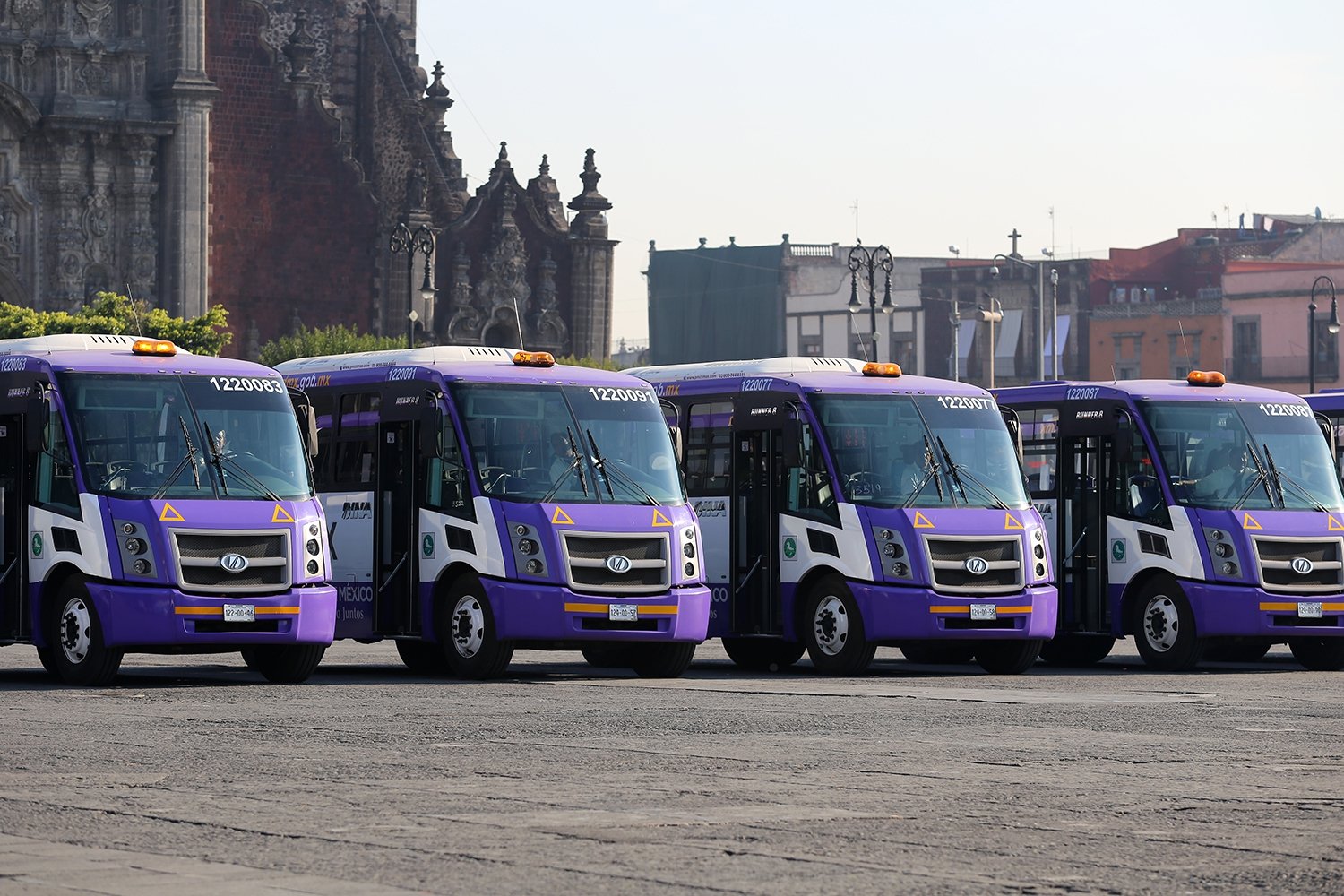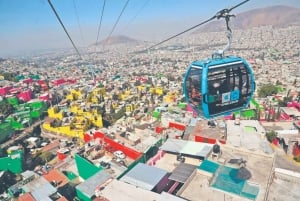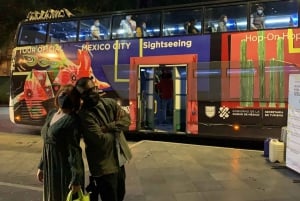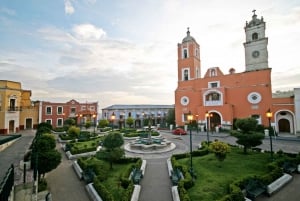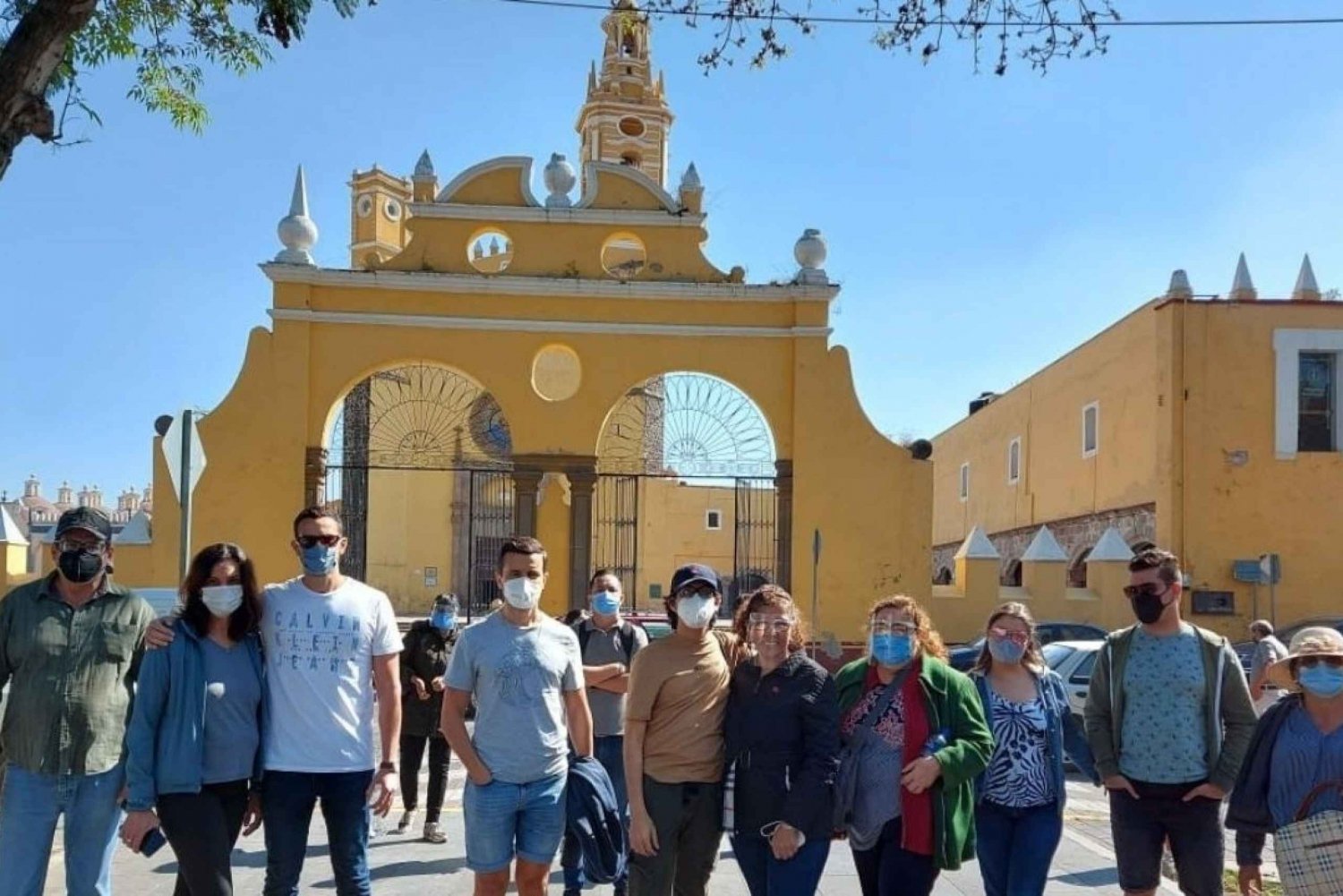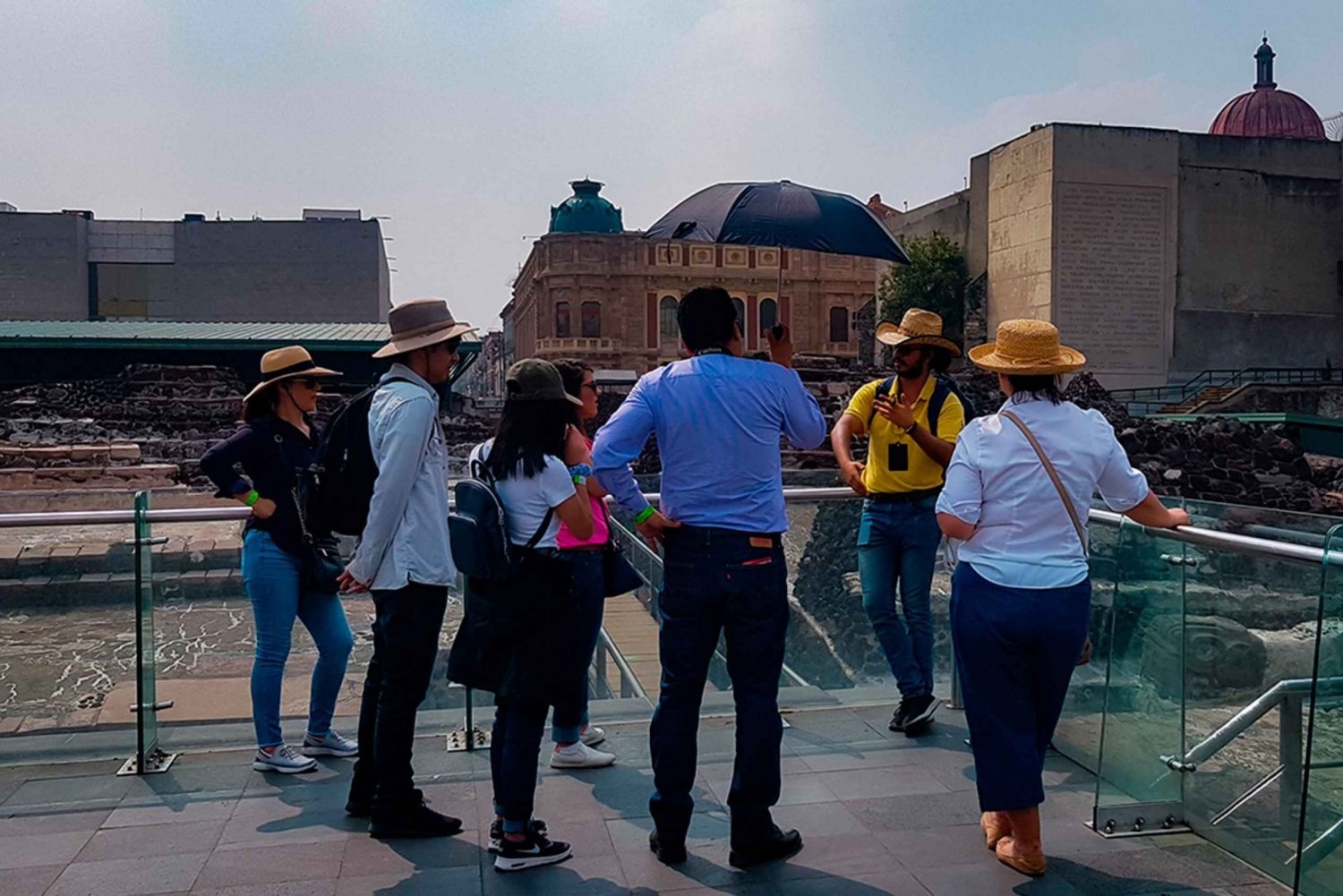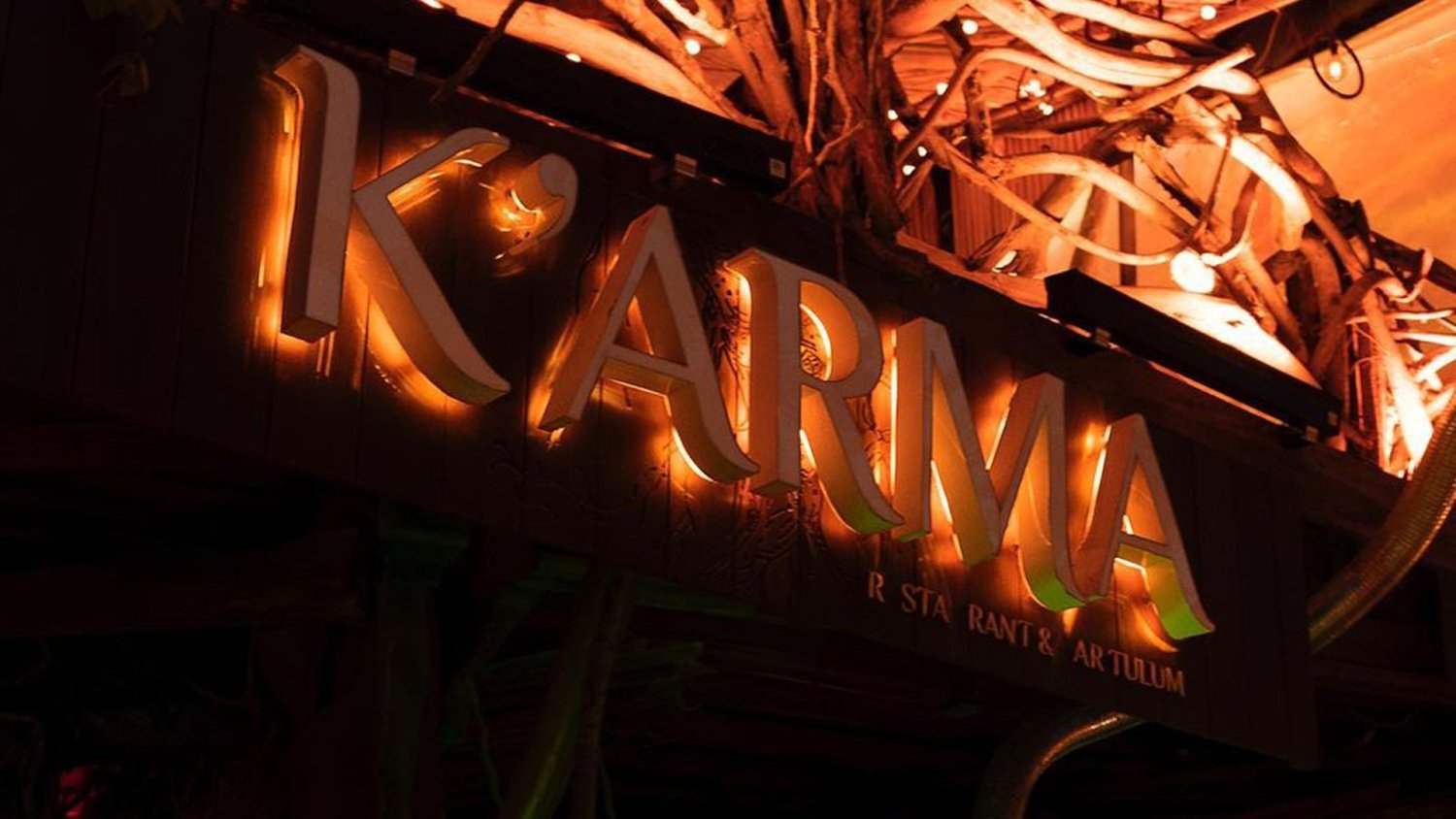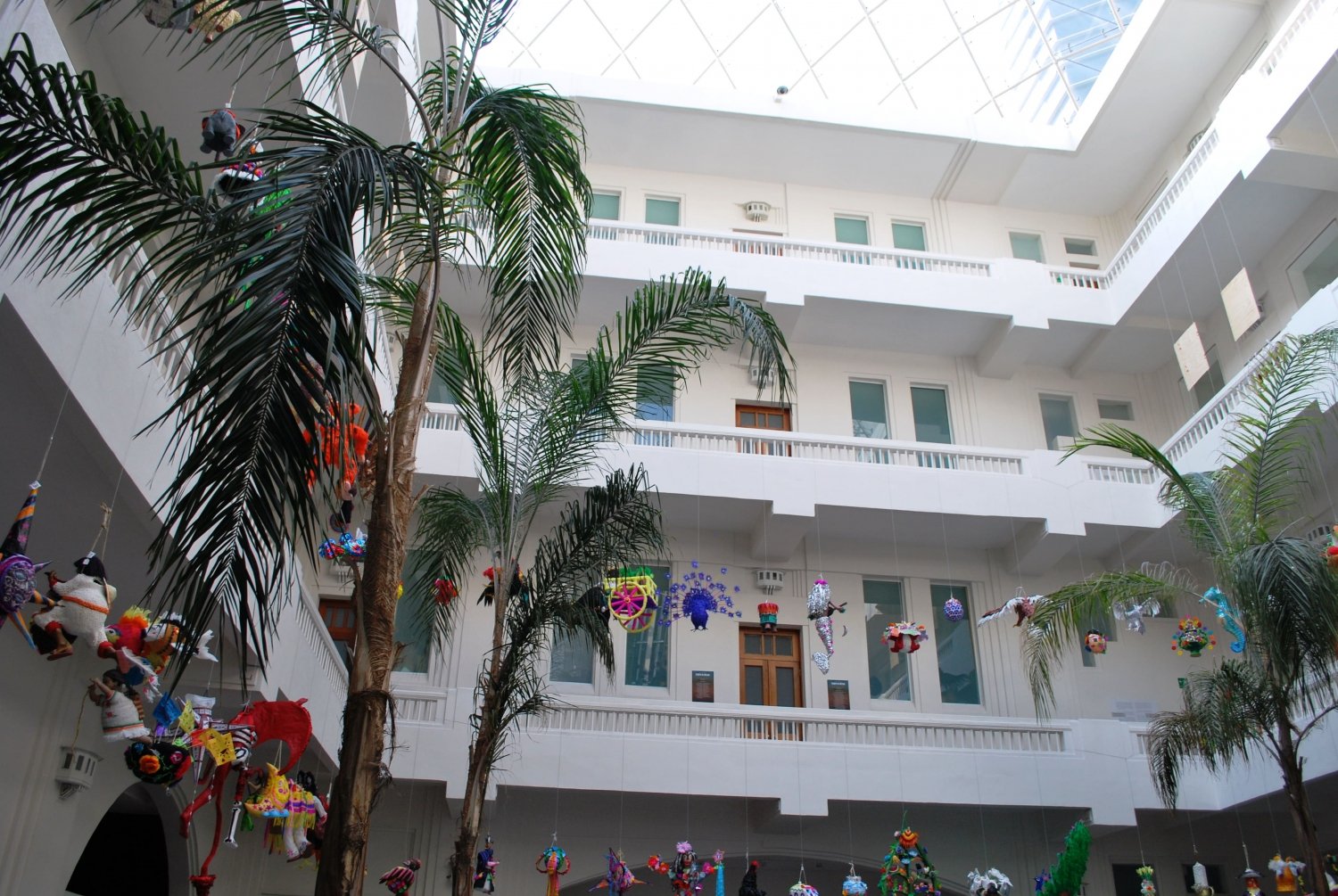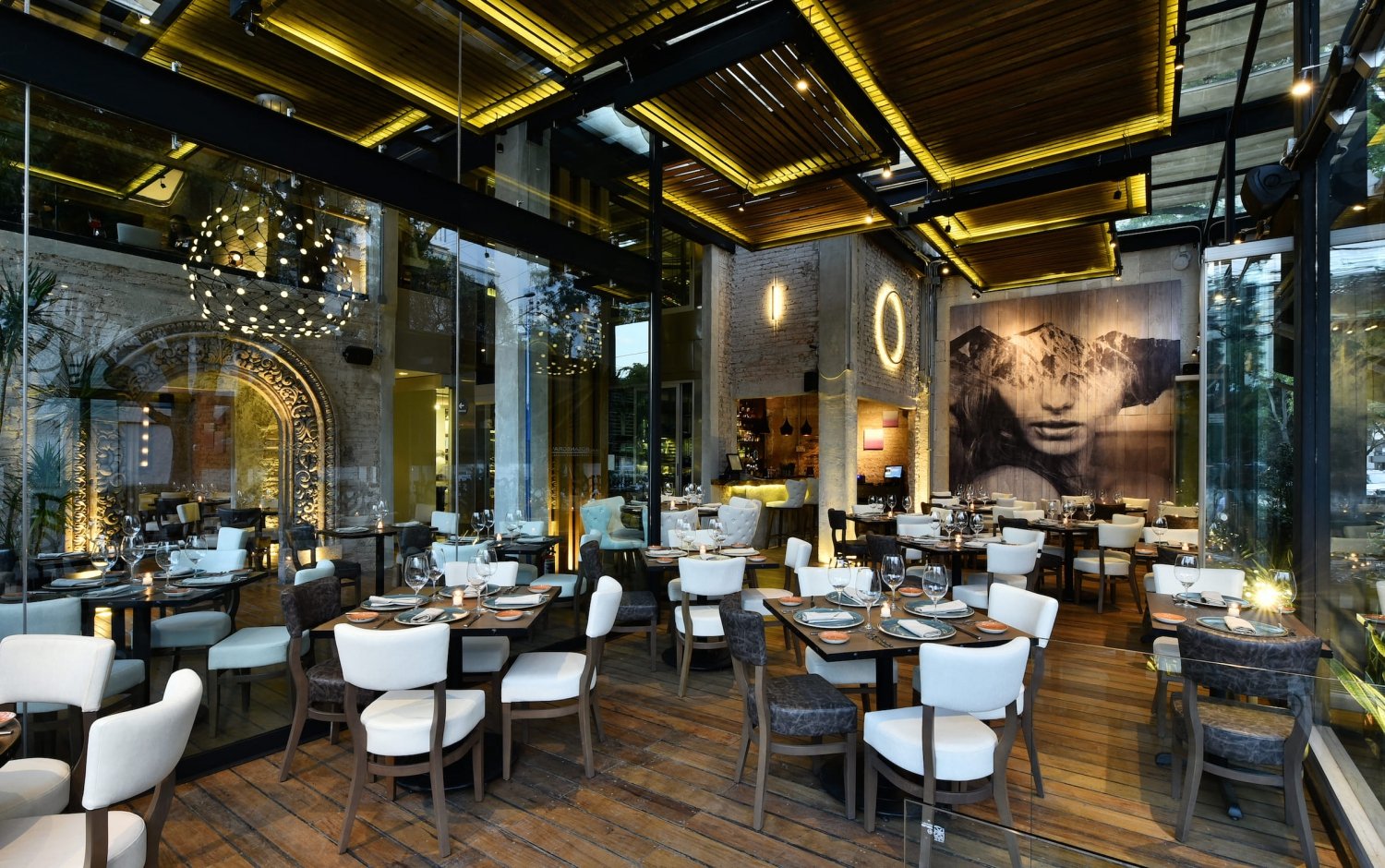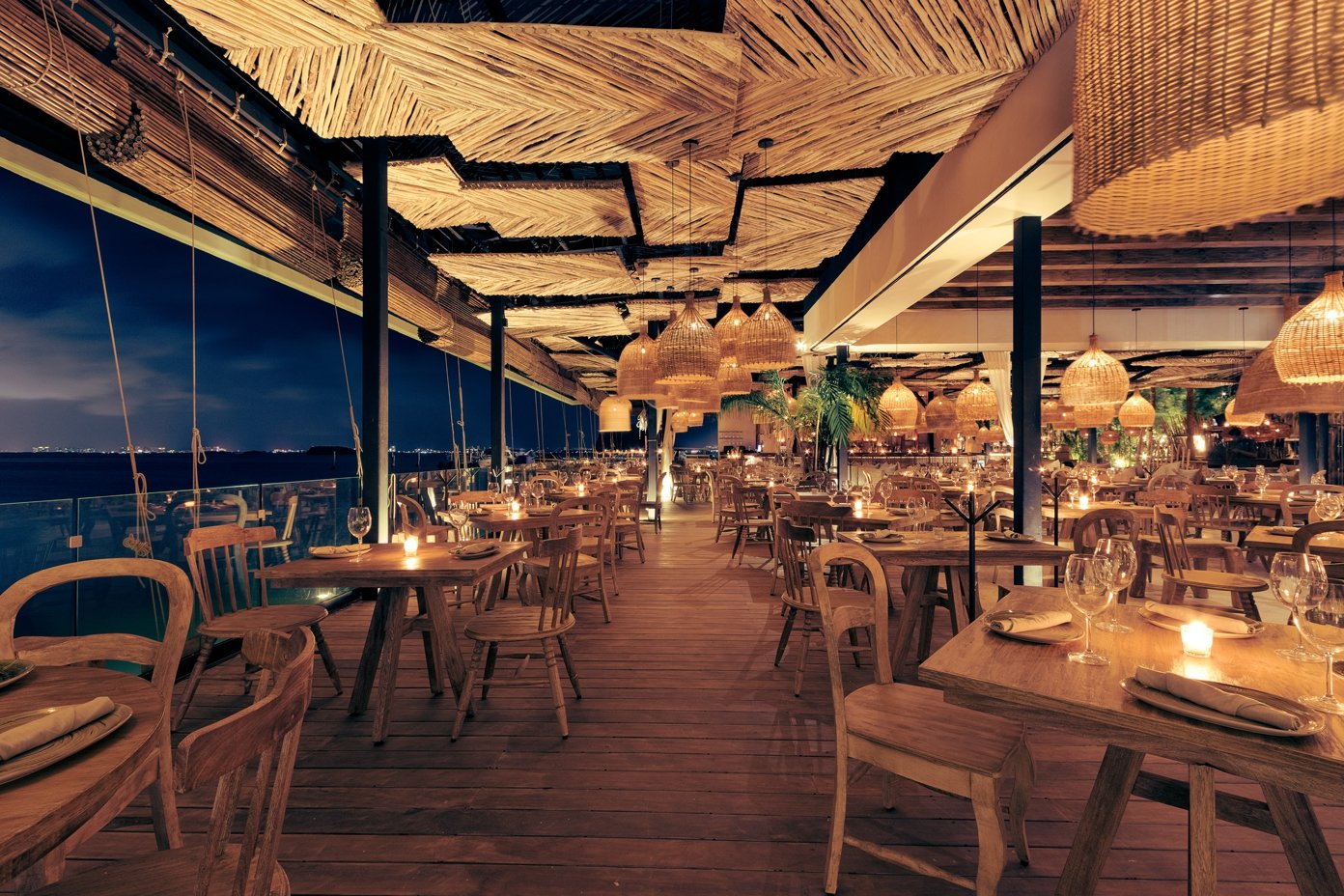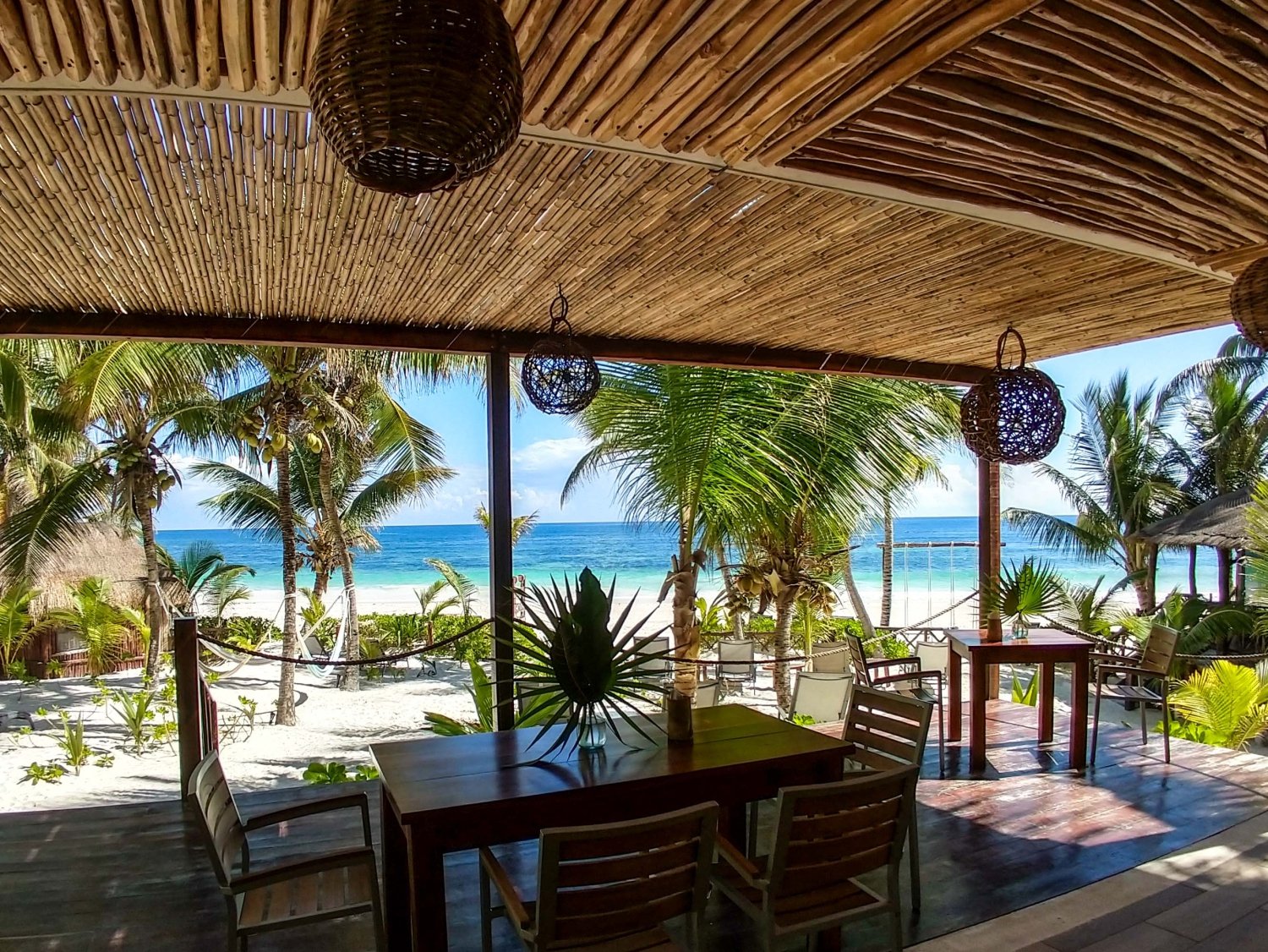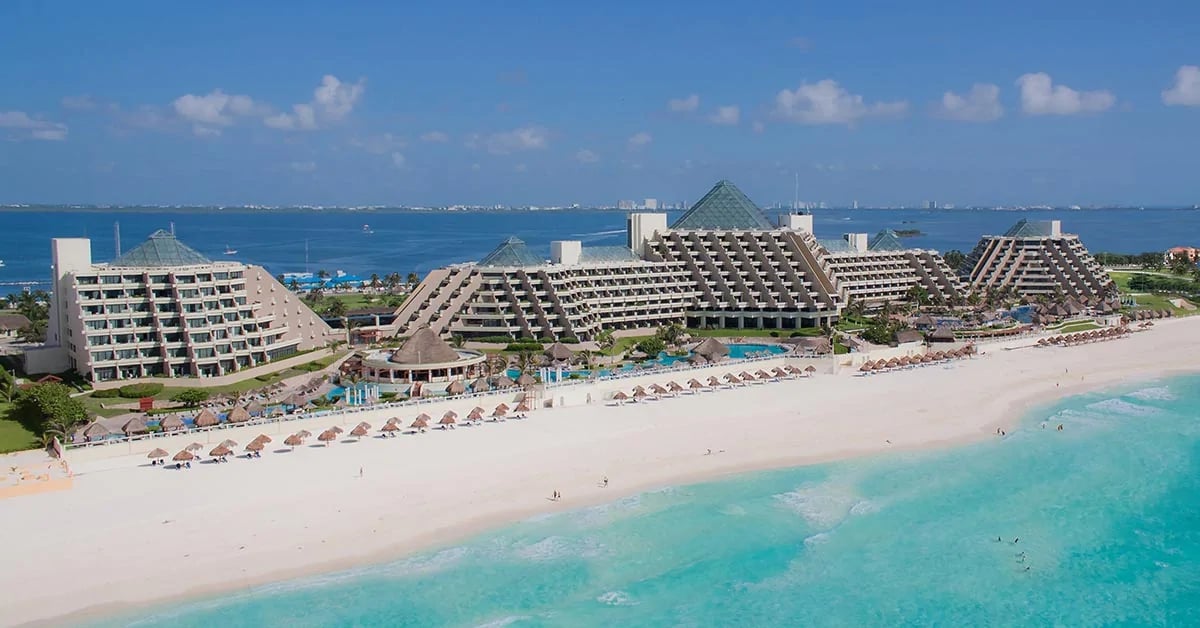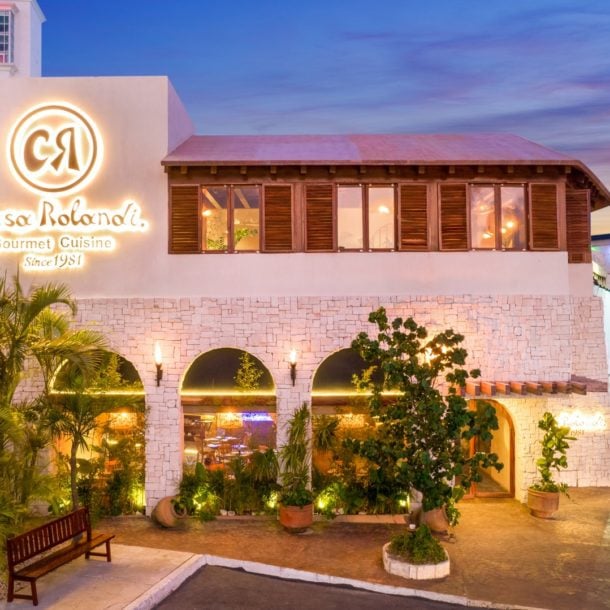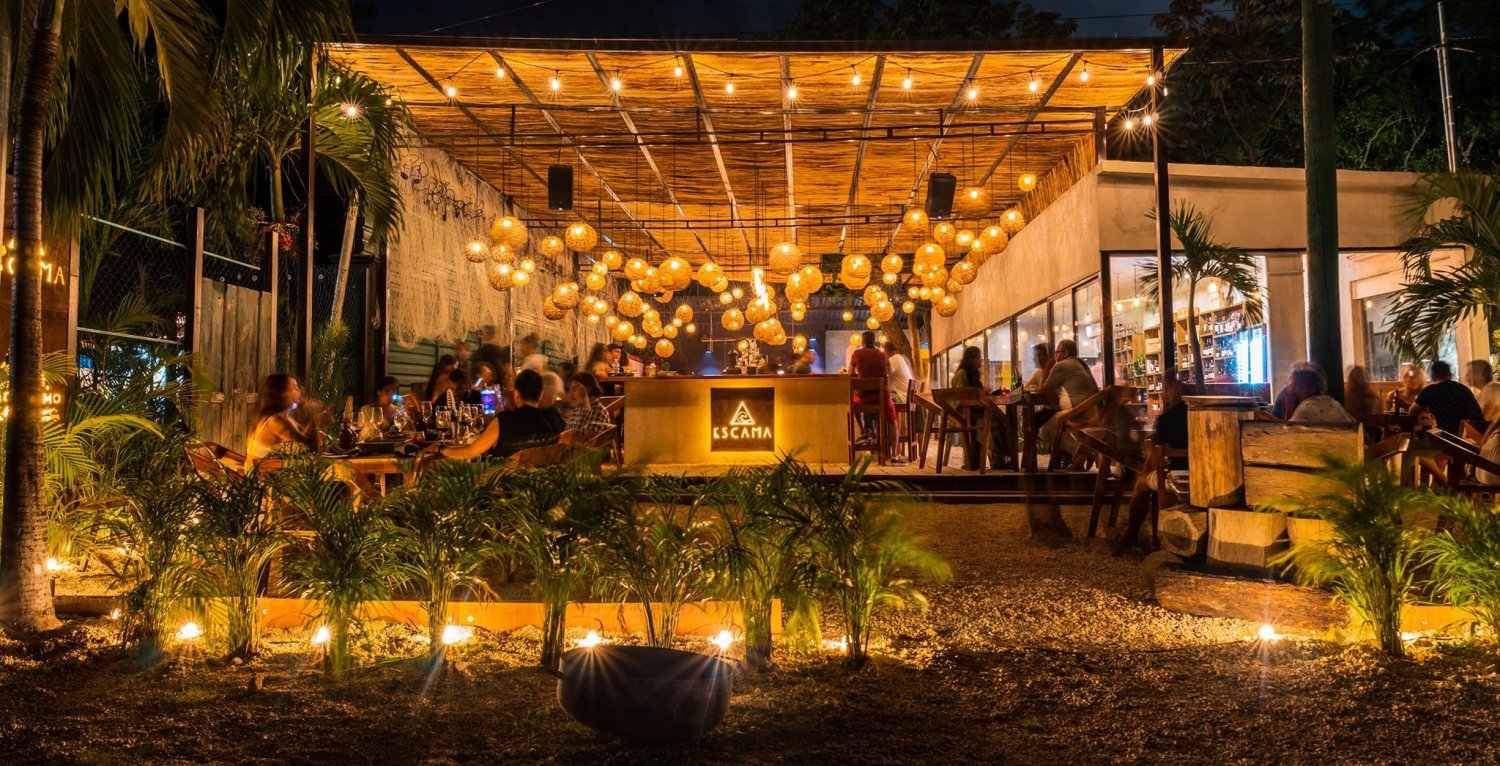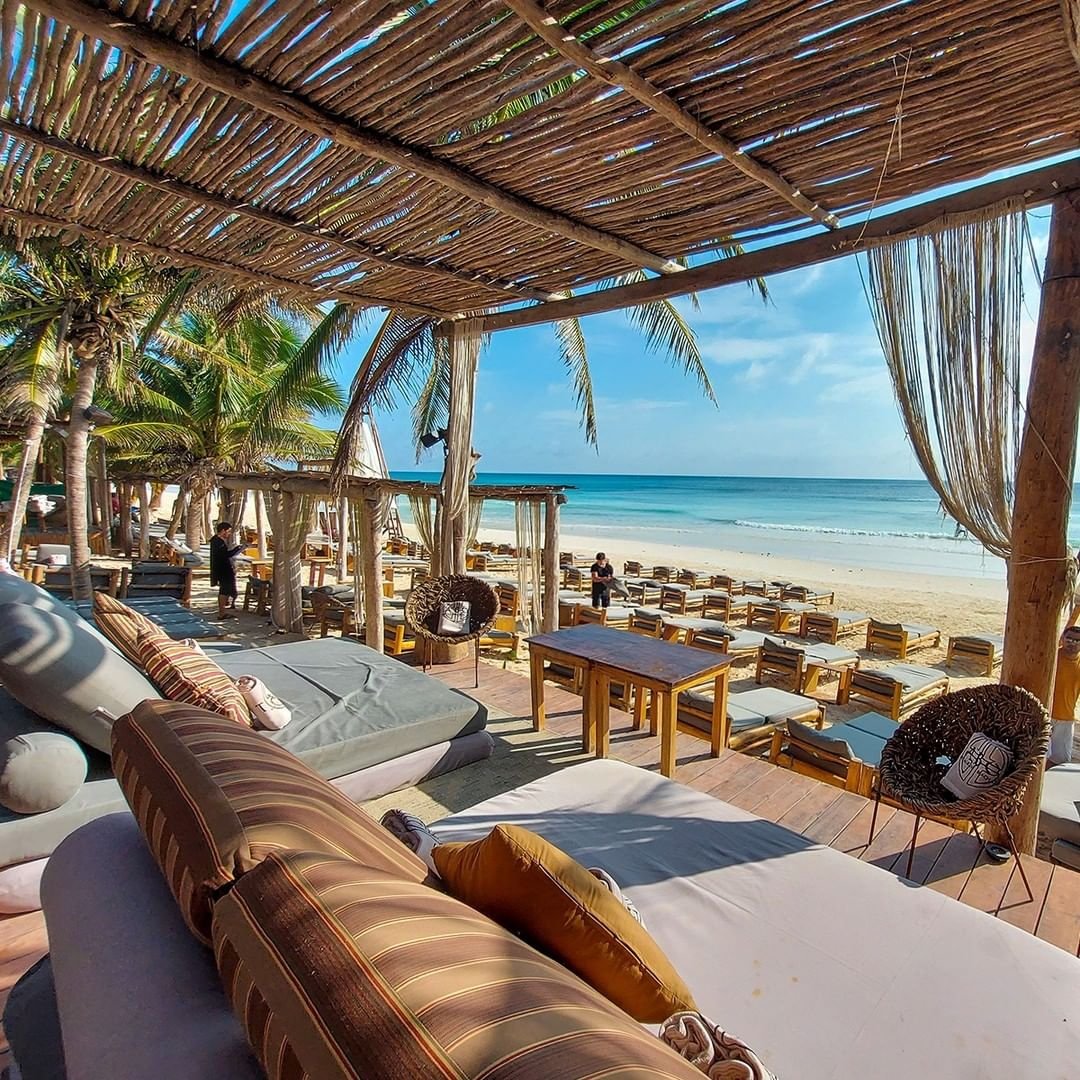Public Transport in Mexico
Transportation for All Budgets
Public transport in Mexico can be very cheap, but it can also be a little overwhelming if you don't speak Spanish and are not used to commuting on busses and metro systems.
However, both taxis and private rentals are inexpensive in Mexico; the only service that is readily apparent to be more costly is car rental, particularly relative to car rental rates in the USA.
Mexico has a well-developed network of national airports and offers air passengers an ample choice of airlines, including low-cost carriers.
Local Buses
Local busses are available in every city and area. They are not controlled from a safety point of view but do not expect to see any signs that limit the number of passengers on them. Busses hold as many passengers as they can—especially at rush hour.
They're really cheap to travel (take change with you)—pay when you board. If you want to get around during the day (after 10 a.m. and before 4 p.m. in larger towns and cities) it's a way to see a bit of 'real' Mexico.
Not the faint hearted, but the lone travelers who are street-wise and know how to get around the town will find the busses OK. Don't step aboard dripping with your jewels and cash wedges, just like any noisy, populous environment, look out for pickpockets!
Bicycle
Cycling also takes you from A to B quicker than a bus or a taxi, and it's a perfect way to experience it. At many hire sites, you just have to rent a bike for up to two hours and leave your passport or driver's license behind.
If you're especially suspicious of commuting in traffic, check out the three red-striped cycle paths in the major cities.
Metro Systems in Mexico
Two of Mexico’s cities—Mexico City and Monterrey—have Metro systems in operation. The Metro can be one of the most effective ways to travel across the cities, especially Mexico City.
Rail Metro
El Metro in Mexico City's main rail-based mass-transport system. The trains run mostly underground, but there are also some parts where the train passes above the ground. About four-and-a-half million people use the Mexico City metro system per weekday. The grid has twelve lines around the capital. The Metro connects most major areas of the city together and, where the Metro doesn’t reach, Micros, run frequent axis routes from the Metro stations.
The Tren Ligero (Light Rail) is an expansion to Mexico City's Metro system. In years past, the Tranvia (Tram) route of the 1950s was renamed to Tren Ligero and connects the southernmost metro station, Metro Taxqueña, with Xochimilco, one of the southernmost suburbs of the capital.


